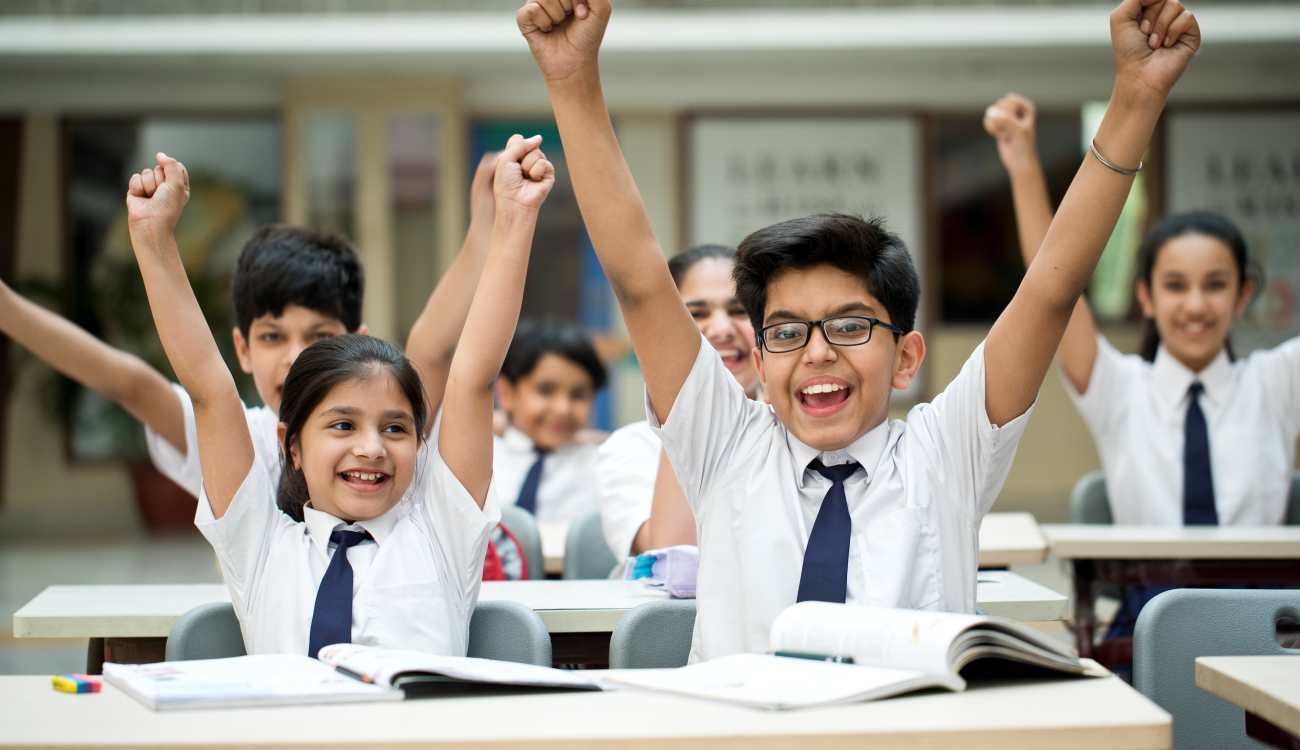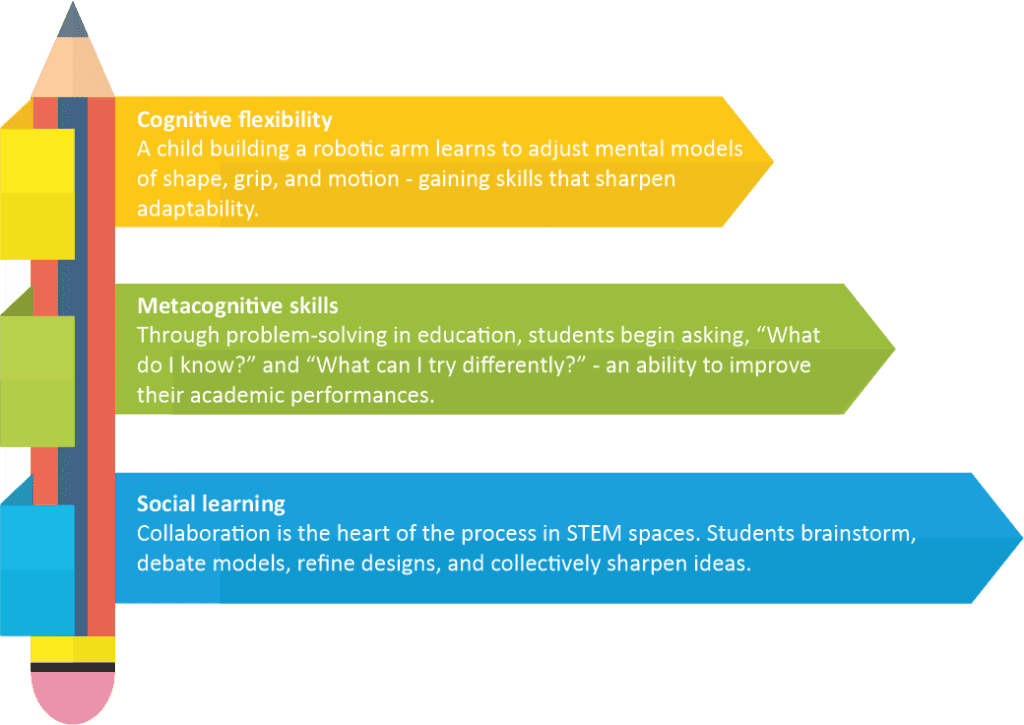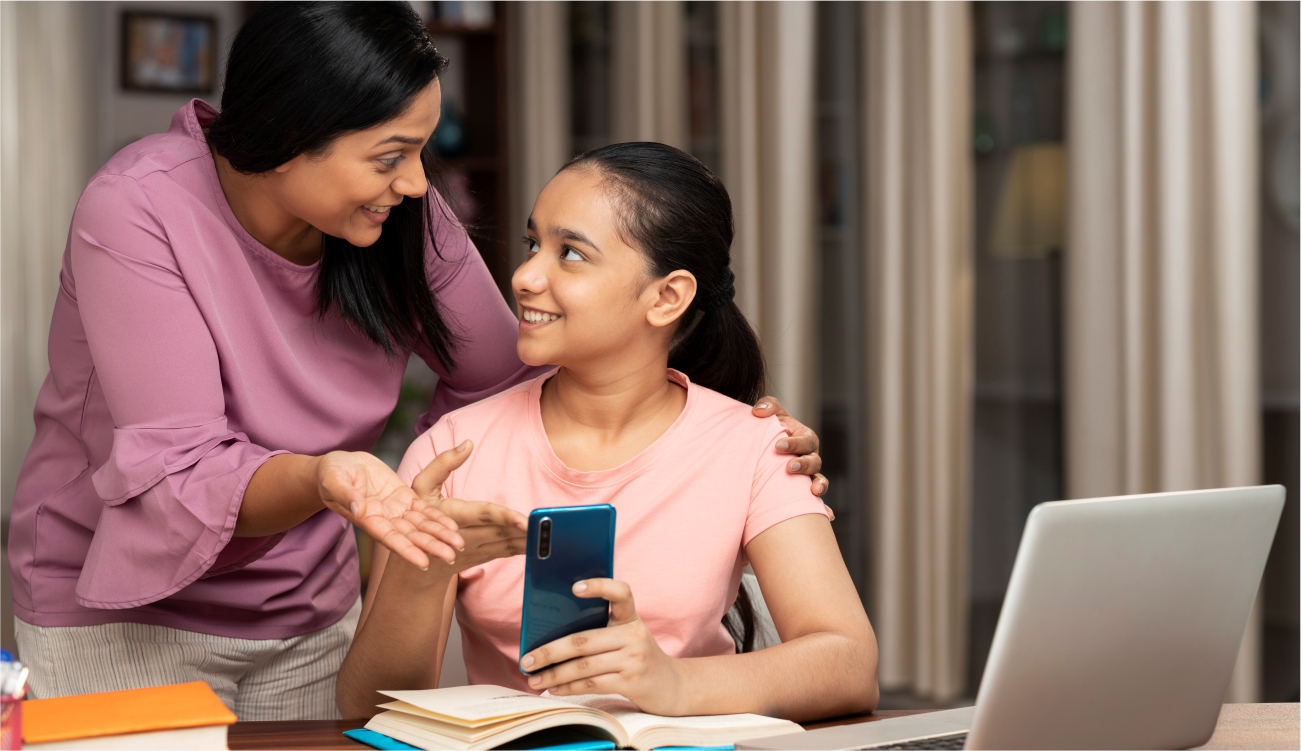![]()
Help your little ones view every assignment as an opportunity to grow, reflect, and take pride in their efforts.
| In this article, you’ll find: ✅ The homework paradox ✅ The new homework hour: A mirror into modern parenting ✅ Building a safe homework zone ✅ Parent support, not parental control ✅ The global homework debate ✅ Homework and family dynamics ✅ Focus without frustration ✅ Managing stress without losing connection ✅ Collaboration over competition ✅ Strengthening the circle of support |
“Mom, I can’t do this.”
“You can. Let’s look at it together.”
Think back to your own childhood. Remember those evenings spent figuring out equations or essays under your parents’ watchful eyes? The frustration, the sighs, the small triumphs? Homework has evolved, from pen-and-paper to projects and digital learning, but one thing remains constant: the need for support. Today, helping kids with homework is about creating a space where they feel safe to try or to make mistakes. Supporting them through this process often reveals more about their strengths than any grade ever could.
The homework paradox
Across India, homework time often becomes a daily balancing act. Parents want to help but usually find themselves torn between encouragement and expectations.
According to the National Council of Educational Research and Training (NCERT) survey, 81% of students reported that studies, exams and results caused them anxiety. In fact, schools in South Korea assign their students an average of 2.9 hours of homework per week, a relatively low amount.
In India, however, long assignments, tuition routines, and limited downtime create a culture of fatigue. Yet, small changes at home can redefine this experience. Effective study habits begin right at the dining table – by listening, pacing, and softening the tone.
A scene that plays out everywhere
Homework time can feel familiar – lessons waiting, parents guiding, and children hesitating. Between corrections and encouragement, emotions run high. A little patience, a listening ear, and the right approach transforms tension into teamwork.
This is where homework strategies and parent homework support make a difference.
The new homework hour: A mirror into modern parenting
In many cities, 7 p.m. to 9 p.m. has unofficially become “homework prime time.” Parents close their laptops, children unpack their books, and fatigue sits between them disguised as focus. What was meant to build confidence often ends up being a test of patience.
So what is the new rule: less correction, more connection
Because children remember how homework felt, not just what it contained. Gentle guidance helps in supporting student learning and building good study habits.
Building a safe homework zone
Before focusing on grades, focus on comfort. A study routine for kids begins with safety, physical and emotional.

Parent support, not parental control
The 2024 Academic Motivation in Adolescents article highlights that when parents offer autonomy-supportive help, children display higher academic motivation. The difference often lies in tone:
“Show me how you tried solving this” sounds vastly different from “Why can’t you get this right?” In India, especially, parents often become de facto tutors.
Try these:
- Ask your child to explain what needs to be done.
- Listen without interrupting.
- Guide only when they ask for clarity.
- Celebrate the efforts more than the completion.
By giving space and empathy, you are supporting student learning, not supervising it.
The global homework debate
| Country | Homework focus | Key idea |
| Finland | Minimal homework | Learning through play |
| Japan | Practice with reflection | Building discipline and routine |
| USA | Balanced homework policies | Encouraging independent conversation |
| India | Quantity-driven assessments | Slowly shifting to skill-based work |
As classrooms across India evolve with new learning approaches, homework, too, is changing. Schools are gradually shifting toward educational support for children that values creativity, curiosity, and collaboration.
Homework and family dynamics
Homework in Indian homes is rarely solitary. It is surrounded by grandparents’ advice, siblings’ chatter, and parents multitasking. Let children use this to their advantage.
Encourage your kids to share how they memorised poems or solved math problems in their time. It builds connection and perspective. Let siblings quiz one another; occasional chaos often makes learning assistance at home feel joyful and human.
Learning by the spoonful
Take a mother, Lavanya’s example – her son, Vicky, finally understood fractions when his grandmother used cooking to teach the principles: “Three cups of rice, one of daal – how much will be needed for six people?” The math stuck because the moment did. This is what kid-friendly study tips look like in real life.
Focus without frustration
Children often struggle to concentrate, especially after long school hours. Instead of enforcing the need to focus, try building it through gentle cues.

A systematic review found that classroom-based short physical and mindfulness breaks support attention and reading comprehension, which boost overall academic success.
Managing stress without losing connection
Homework stress often comes from fear of disappointing parents. Shift the after-study conversation. Instead of “Did you finish everything?”, ask them:
- “What was the most interesting thing you learnt today?”
- “Which part was a bit more challenging?”
- “What would you like to try differently tomorrow?”
These questions nurture resilience and homework stress relief by shifting focus from results to learning.
Collaboration over competition
Teachers and parents share the same goal, nurturing a child’s growth through shared understanding. When communication stays open, homework goes from a struggle to a shared journey.
The Parents’ and Teachers’ Perceptions of Home-School Journaling as an Effective Method of Two-way Communication and Collaboration research mentioned that teachers shared weekly notes highlighting each child’s favourite activities, areas in which the student excelled, and areas that needed improvement. This consistent sharing helped parents feel more connected to their child’s learning and better equipped to support them at home.
Simple messages such as “She found this topic tricky; could we try another method?” open dialogue and show teamwork. Empathy, when shared, strengthens educational support for children far beyond the classroom.
Strengthening the circle of support
Small actions strengthen the bond between teachers and parents, transforming homework into a shared growth experience.
Keep a two-way journal
- Exchange brief weekly notes on what the child enjoyed, struggled with, or learnt – making daily updates possible.
Set common learning goals
- Agree on a few shared goals each term, such as reading, confidence-building, or time management, so home and school reinforce progress consistently.
Use positive language
- Focus on progress instead of errors; positive, specific feedback keeps children encouraged and motivated to keep trying.
Share learning moments
- Exchange small real-life examples of learning – solving a puzzle, cooking, or reading together – to connect classroom lessons with home life.
Keep conversations open
- Replace formal updates with friendly, ongoing chats. A quick voice note or email helps bridge understanding before challenges now.
Homework will always be part of growing up, but how families hold that time defines its meaning. Across India, parents are quietly transforming homeworkinto a ritual of connection and balancing homework and playinto everyday life lessons. By shifting from correction to collaboration, tension to teamwork, and routine to reflection, parents help children build lifelong learning habits rooted in patience, purpose, and quiet confidence.
Because helping kids with homework is about shaping how they will face every question life brings: with curiosity, calm, and courage.












